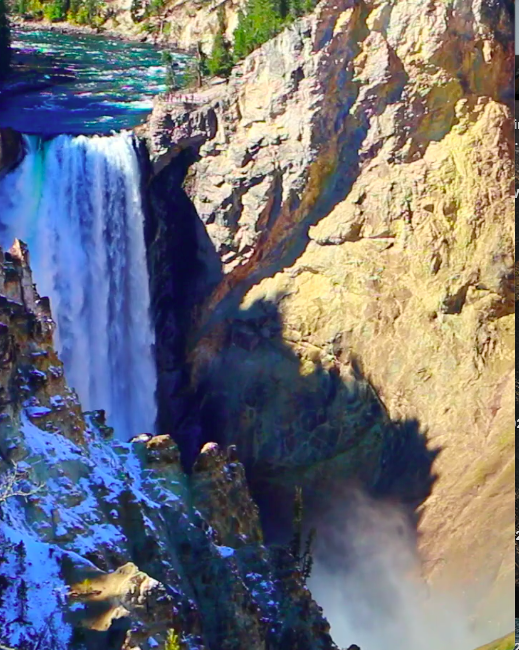JHCGA Climate Change and National Security
While I was in Jackson Hole in 2018, I attended a forum on climate change sponsored by the Jackson Hole Center for Global Affairs. The forum focused on “Climate Solutions, Coal Communities, and Economic Diversification.” The idea was to show how “coal communities” in various parts of the world adjusted to the change to clean energy. In all about 50 experts on various facets of the subject took part in ten panels devoted to the conference theme. (If you like, you can see the program for the entire conference by clicking here — Links to an external site.then clicking on “Day 1” and “Day 2”) Although the panelists were familiar with a wide variety of climate change topics and came from many walks of life, none of them was denying that climate change is real and it is dangerous.
QUESTION 1: Why are we looking at climate change in the framework of a course devoted to National Parks? Well, for one I am hearing again and again from park staffers that the wildlife and landscape of their parks are being altered — often for the worse — by a multitude of climate-change-related developments:. And more generally, one of the intellectual touchstones of our course is the argument that we should “leave the land as it is” in the parks. But with climate change we are learning that events outside the parks change things inside the parks. The parks cannot escape being part of the world as a whole, and unless the earth is healthy, the parks cannot be healthy. It is no coincidence that the Jackson Hole Center for Global Affairs is situated on the edge of Grand Tetons National Park. They pride themselves on their location, noting that “the power of place” helps them arrange conferences like this one in Jackson Hole.
QUESTION 2: What does National Park history tell us about the politics of climate change? As a rule I do not mix my own politics with my teaching. But the public policy lesson here is too obvious to overlook. Theodore Roosevelt, arguably the greatest friend the parks ever had in the White House, famously declared that the presidency is a “bully pulpit.” Now, emphatically, he was not using the word “bully” as we use it today to designate, well, a mean-spirited jerk. Back then “bully” meant “wonderful.” The presidency was a wonderful platform from which to provide ACCURATE information for Americans on Important matters. TR used his bully pulpit 1) to educate Americans on why primitive nature matters, and 2) to create lots of national parks and monuments and wildlife refuges. His distance cousin Franklin Delano Roosevelt carried that conviction into Depression Era policies and practices.
Today (2018), alas, we have a president who has given a new meaning to the term “bully pulpit.” In addition to cutting back some of the park lands, and hobbling various environmental policies, he is telling us that climate change is a “hoax.” At this moment he is telling us that today’s deadly California forest fires are the result of poor forest management. More broadly he is using his office to tell us that what we should fear is a ragtag group of Central Americans seeking refuge in the United States, and that we should fear immigrants like them in the face of the worst year (by far) of mass shootings in the country from our own citizens.
But I digress — or do I?! We have seen example after example in park history of reasonable men and women looking at our land and our planet, and saying we can do this better. In the parks we can “manage” the wildlife better, we can do a better job of “honoring the landscape” in our buildings and roads. The argument of the recent JHCGA forum is that we can do a better job of acknowledging and confronting climate change.
The clip that follows comes from about 30 minutes I filmed at the conference of a panel, consisting mainly of American generals, speaking from a deep familiarity with threats to our military in particular and our planet in general from climate change. Someone once said, “The truth will set you free.”
Let’s hope so!

